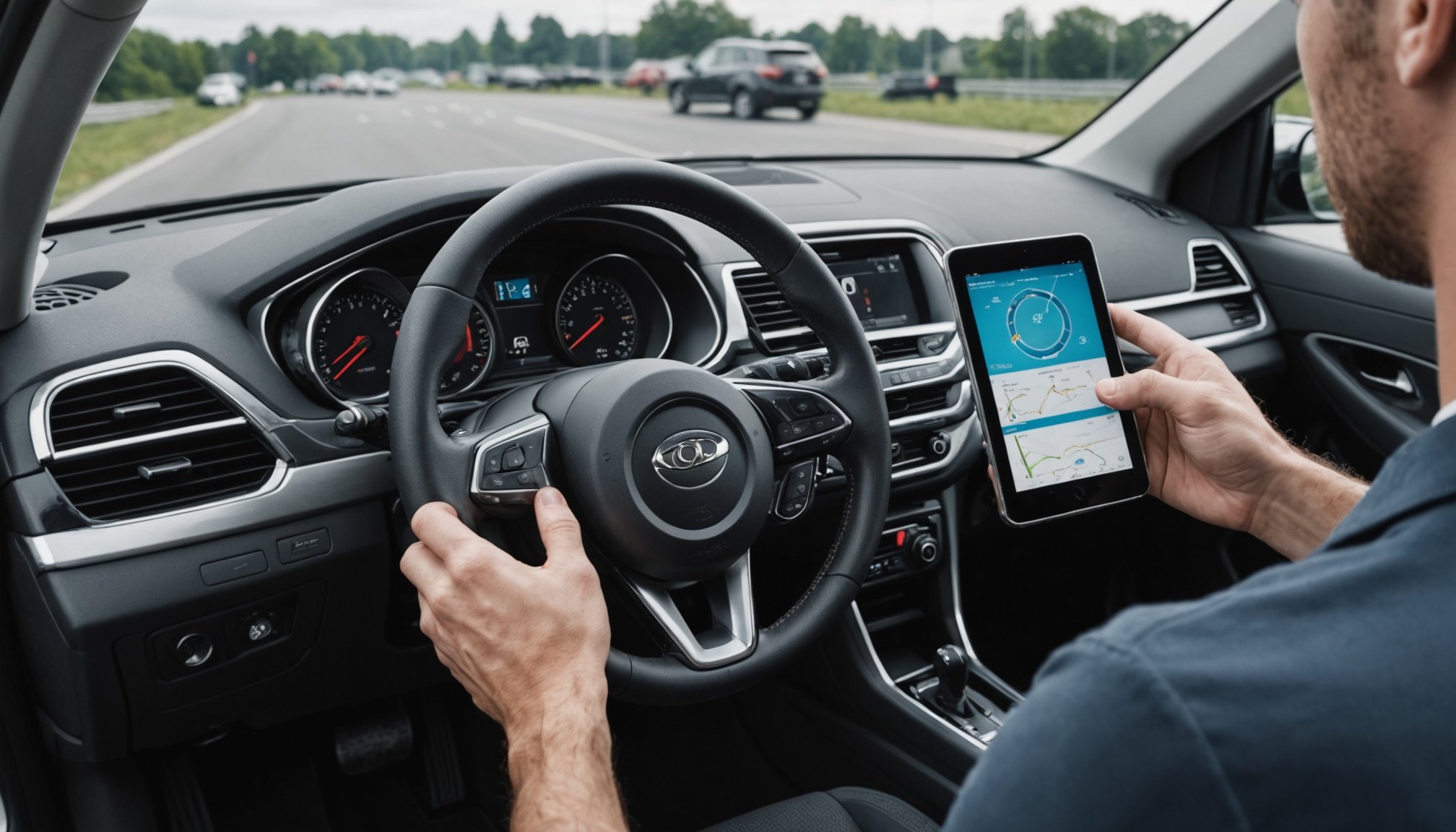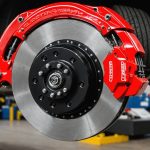In today’s fast-paced world, the importance of vehicle health and performance cannot be overstated. Whether you are a fleet manager overseeing multiple vehicles or an individual driver concerned about your car’s reliability, technology offers solutions that can significantly enhance your safety and driving experience. With advancements in telematics and real-time data monitoring, you can now keep a close eye on your vehicle’s condition and performance. In this article, you will learn how these systems work, their benefits, and how they can contribute to better driving habits and vehicle longevity.
Understanding Telematics and Vehicle Monitoring Systems
Telematics is a term that incorporates telecommunications, vehicle monitoring, and GPS technology. It involves the collection and transmission of data from your vehicle to a system that interprets this information. These systems allow for real-time monitoring, meaning you can receive updates on your vehicle’s health at any given time. For instance, if there is a malfunction, you will be alerted immediately, allowing for timely intervention that can prevent further issues.
In parallel : Essential Steps to Guarantee Your Modified Car Meets UK Emissions Standards
The integration of telematics into vehicle management systems provides a comprehensive view of your vehicle’s performance. This can include engine health, fuel consumption, tire pressure, and even driver behavior. By employing such a system, fleet managers can monitor all vehicles in their fleet simultaneously, thus optimizing driver performance and improving overall safety. The data collected can highlight trends, allowing for proactive maintenance that prevents breakdowns and extends the lifespan of your vehicles.
Moreover, telematics can help you understand how various aspects of your driving affect your vehicle’s performance. For example, you can learn how aggressive driving styles may lead to increased fuel consumption or wear and tear on certain components. By understanding these behaviors, drivers can make informed decisions to enhance their driving habits.
Also to discover : How can you detect and address common signs of wear and tear in your vehicle?
Real-Time Data for Enhanced Vehicle Safety
One of the significant advantages of modern vehicle monitoring systems is the access to real time data regarding your vehicle’s performance. This technology allows drivers and fleet managers to receive instant alerts about potential issues, ranging from low oil pressure to brake malfunction. Such immediate feedback is crucial in ensuring safety on the road.
For example, if a vehicle’s engine temperature rises beyond normal levels, the monitoring system will send a notification to the driver. This allows for immediate action to be taken, potentially avoiding engine failure and ensuring the safety of the driver and passengers. Additionally, these systems can provide insights into tire health, alerting you when it’s time for a change, which is critical for maintaining grip and control on the road.
In a fleet context, the ability to monitor all vehicles in real time offers an invaluable advantage. Fleet managers can track the performance and safety of their vehicles, ensuring that all are operating within safe parameters. This not only enhances safety but also reduces the risk of accidents caused by mechanical failures. Moreover, with the data accumulated, you can create reports that highlight safety trends and areas for improvement, contributing to better driving practices among the whole team.
Fleet Management and Performance Optimization
Using technology to monitor vehicle health and performance is particularly critical in fleet management. When you manage a fleet of vehicles, the stakes are high. Ensuring the safety and efficiency of your vehicles is paramount. By leveraging telematics, fleet managers can gain unparalleled insights into vehicle performance across the entire fleet.
For instance, data collected through telematics can reveal which vehicles are consuming fuel more efficiently and which ones may require maintenance sooner. This allows for strategic planning around maintenance schedules, reducing downtime and ensuring that each vehicle is operating at peak performance. Additionally, understanding the driving patterns of your drivers can inform training initiatives aimed at improving driving habits across the fleet. Fleet managers can identify drivers who may need additional training in areas such as fuel-efficient driving or safe driving practices.
Moreover, the ability to monitor vehicle usage patterns can also lead to better resource allocation. For example, if certain routes consistently lead to higher vehicle wear and tear, adjustments can be made to mitigate these impacts. The insights provided by these monitoring systems will help you make informed decisions, ultimately leading to a more efficient, cost-effective fleet operation.
The Future of Vehicle Monitoring Technology
As we look ahead, the future of vehicle monitoring technology promises even more exciting advancements. With the rise of electric and autonomous vehicles, monitoring systems will evolve to meet new demands. Electric vehicles, for instance, require different types of data monitoring, focusing on battery performance and energy consumption. Telematics systems will adapt to provide this critical information, ensuring that drivers have access to data relevant to their specific vehicles.
Furthermore, as autonomous driving technology develops, the role of telematics will become even more vital. Real-time data will be essential for ensuring the safe operation of autonomous vehicles, as they rely heavily on accurate information about their surroundings and performance. This means that the systems used to monitor these vehicles will need to be robust, capable of handling vast amounts of data and processing it instantaneously.
Additionally, the integration of artificial intelligence (AI) and machine learning into vehicle monitoring will enhance predictive maintenance capabilities. By analyzing patterns in the data over time, these systems will not only alert you to current issues but will also predict future problems before they arise. This proactive approach will save both time and money, significantly enhancing the overall safety and performance of your vehicle.
In conclusion, technology plays a pivotal role in monitoring your vehicle’s health and performance. From telematics systems that provide real time data to advanced fleet management solutions, these innovations help ensure the safety and efficiency of both individual drivers and fleet operations. As technology continues to evolve, the future holds even greater promise for enhancing vehicle performance and reliability. By embracing these advancements, you can ensure that your vehicles operate smoothly, safely, and efficiently for years to come.











